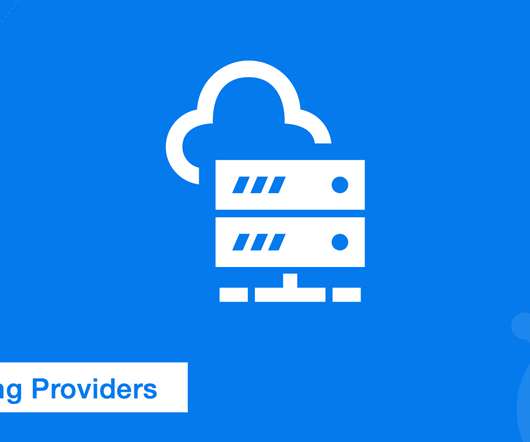Best Free DNS Hosting Providers
KeyCDN
FEBRUARY 4, 2021
DNS, which stands for domain name system , is an Internet service that translates domains names into IP addresses. You can think of a DNS server as a phone book for the internet. Using a fast DNS hosting provider ensures there is less latency between the DNS lookup and TTFB. What is DNS? So DNS services definitely go down!


















Let's personalize your content